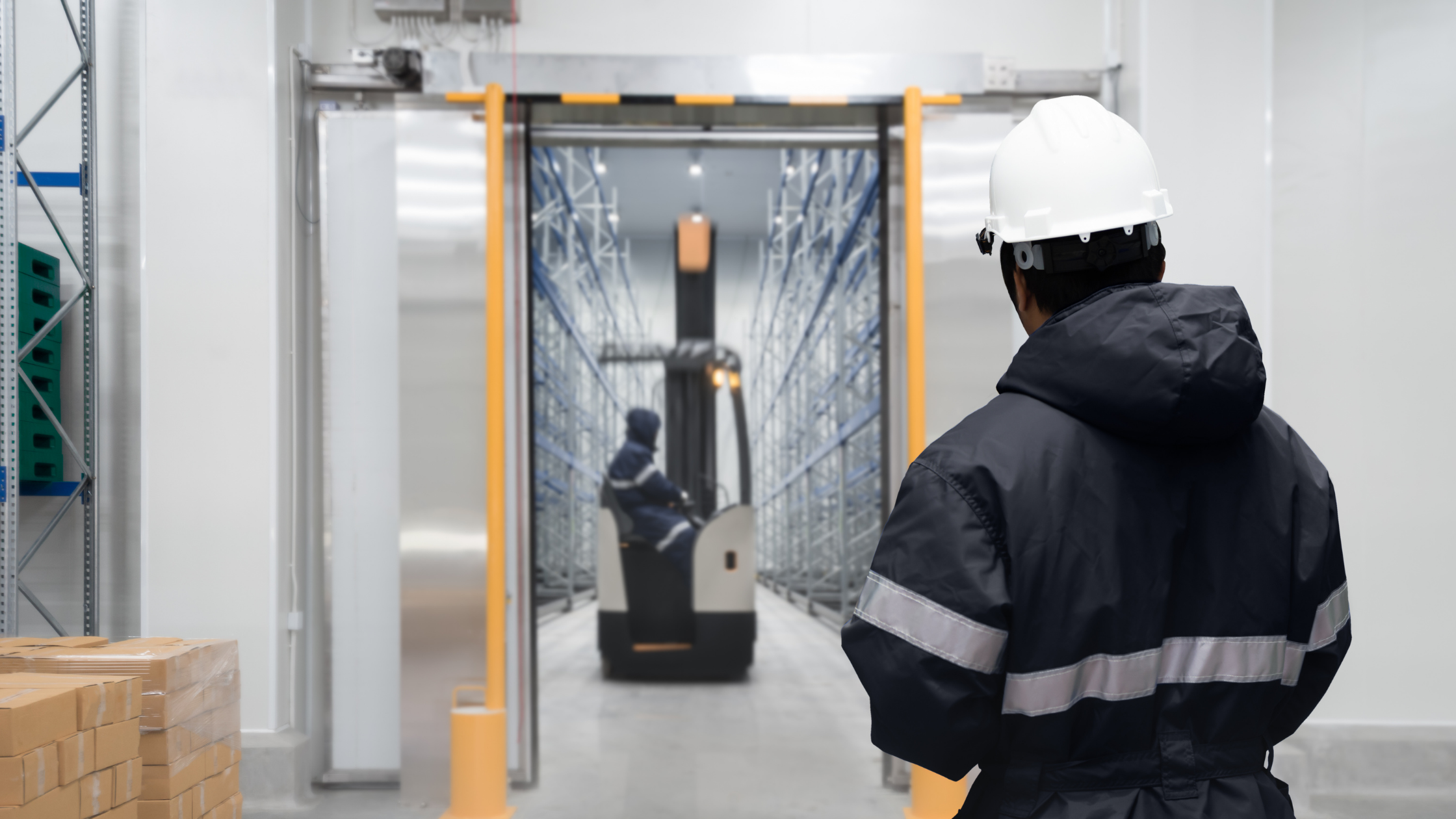In any industrial setting, health and safety is everything. If you can’t keep workers protected and convince them that they are safe on the job, things are likely to fall apart quickly. Of course, putting together a plan for industrial hygiene and safety is easier said than done. There are a lot of factors to consider that are sometimes easy to overlook.
Fortunately, we have some experience in this area, which is why we want to pass along a guideline for creating an industrial hygiene and safety plan that will hopefully make your company a safer place to work.
Hazard Identification
Doing an extensive review of the hazards in your workplace is the step for any industrial hygiene and safety plan. Creating a safe workplace is a daily battle, and the first step will always be knowing what you’re up against. You can perform an internal audit or hire an outside party to come in with a fresh set of eyes. Either way, you need to create a list of every potential hazard that exists, most notably chemical, biological, and environmental hazards in addition to physical hazards. It’s important during this stage not to discriminate or make any premature judgments. No potential hazard is too small not to pass off as insignificant and not include on a list of all of your workplace hazards.
Risk Assessment
Once you have a complete list of every safety hazard in the workplace, the next step in an industrial hygiene and safety plan is to perform a risk assessment. Consider each hazard and analyze the potential dangers of each. For instance, are there chemicals being used that pose an immediate danger if an employee is exposed? What is the risk of employees becoming sick if they work with certain substances? These are important questions to pose when determining the level of risk being assumed by workers performing specific tasks. It’s also important not to overlook the long-term effects of certain hazards. Would repeated exposure to chemicals or other hazards lead to health issues for employees later in life? Keep in mind that employees have the right to know about the risks they’re taking on the job.
Mitigate Hazards
Once you have a handle on the hazards in your workplace and the level of risk each one poses, the next step is to mitigate each hazard as much as possible. It’s important to remember that most hazards can’t be eliminated completely. However, there will always be industrial hygiene and safety protocols that provide employees with some level of protection. It could be working with substances a certain way. It could be limiting the amount of time workers spend around chemicals. It could even be improving safety equipment. One way or another, your safety plan needs to include ways to reduce the risk employees take just by coming to work.
Similar Exposure Groups
Regarding industrial hygiene and safety, one technique many companies use is dividing employees into similar exposure groups (SEG). This means separating employees into groups based on what hazards impact them the most and the level of risk they are taking. Those with similar job responsibilities and those who work near each other will typically be in the same SEG. Once employees have been appropriately divided into SEGs, communication and training regarding specific hazards can become streamlined and more efficient, ultimately making your industrial hygiene and safety plan more effective.
Work with a Safety Management Partner
One of the biggest secrets to maintaining a safe and healthy workplace is having a safety partner. At EHS Insight, we offer safety management software that does wonders for companies in need of a comprehensive safety system and more organization. Once our software is in place, everything related to safety will be inter-connected and much easier to manage.
If this sounds like a good fit for your business, let’s have a conversation about how our software can be beneficial.
